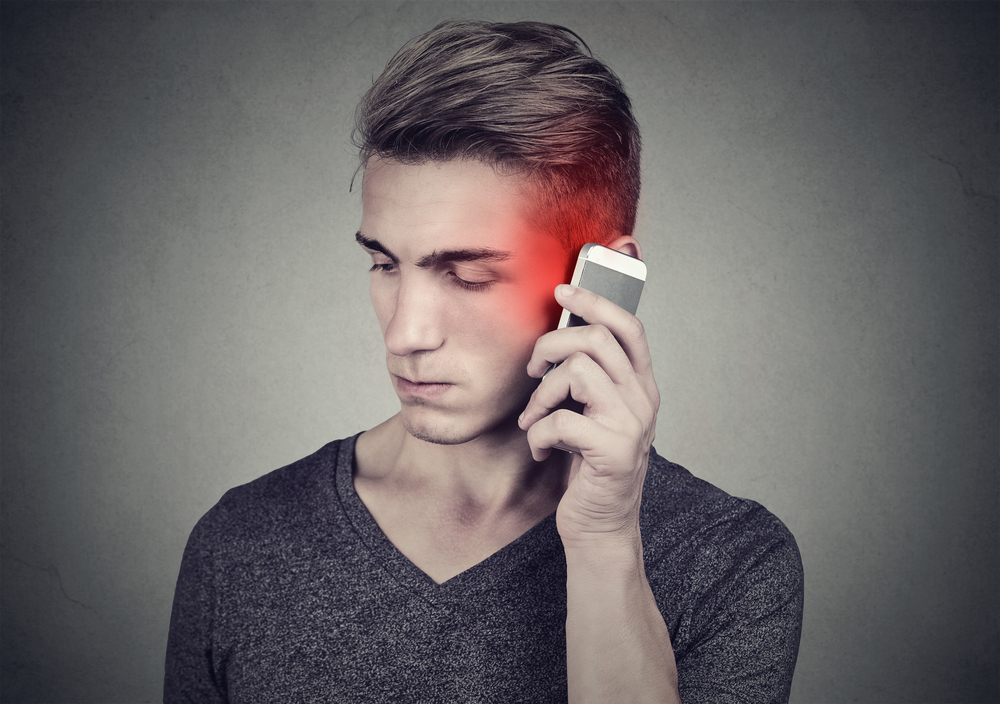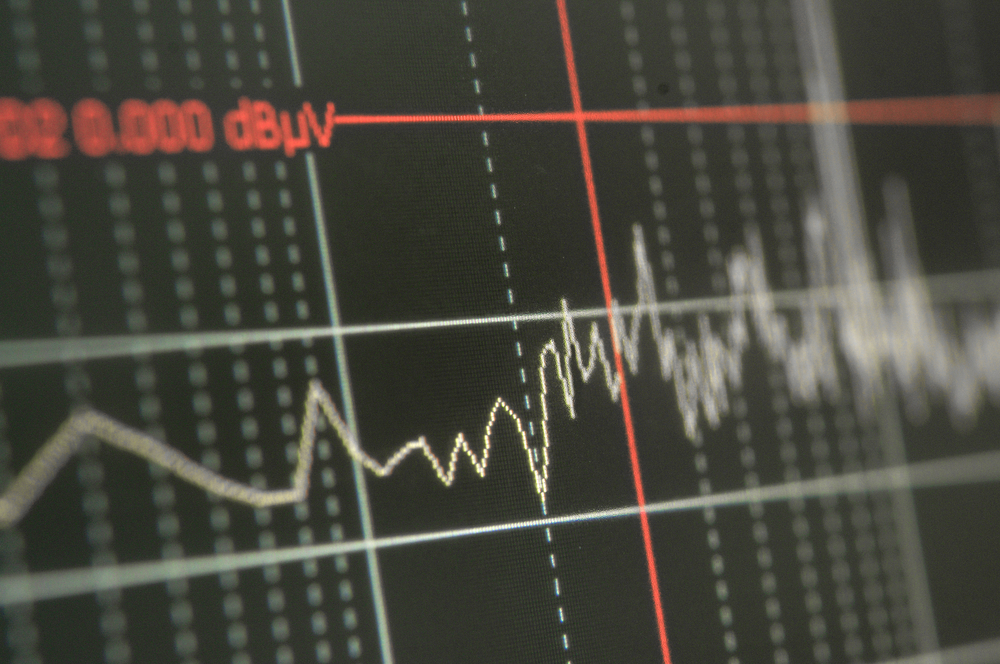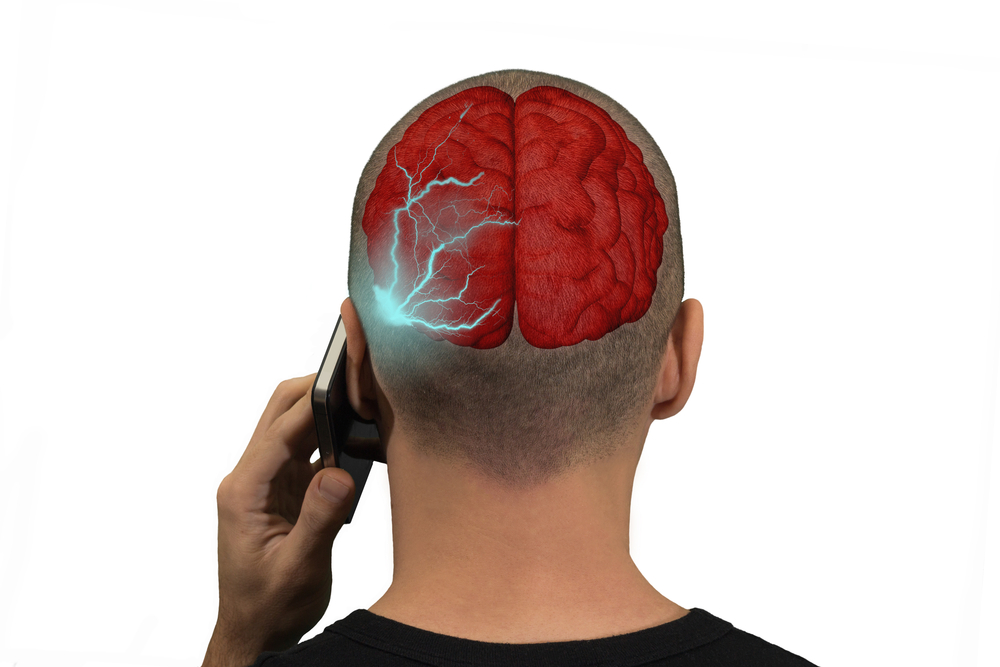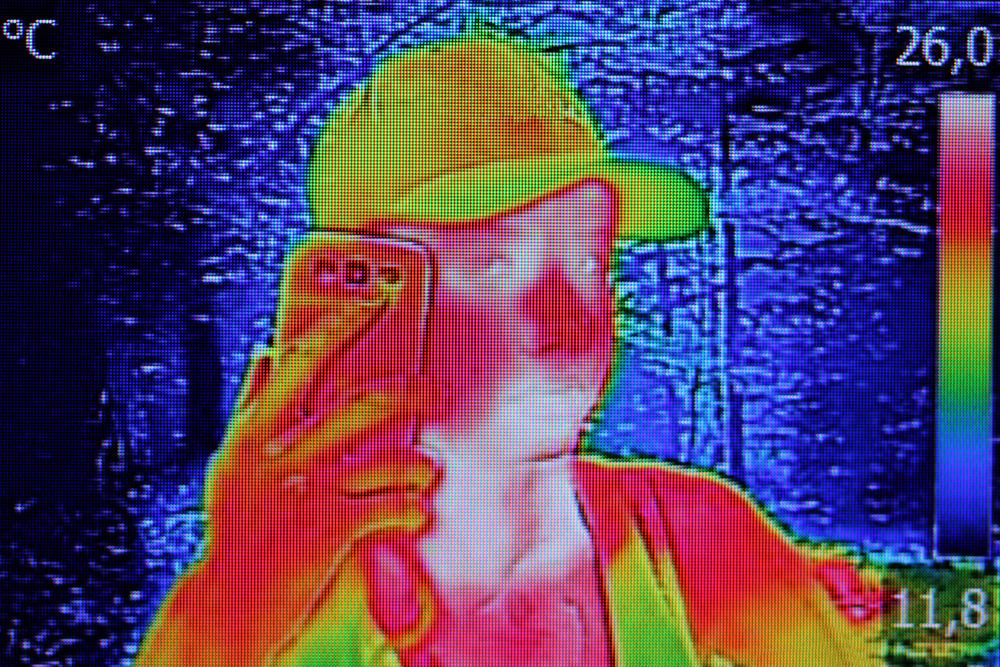We are living in an increasingly digital world. It’s safe to say that technology has all but taken over, and most of us are never that far away from our computers, tablets, and of course, cell phones.
One glaring concern about this is whether or not these portable, electronic radiation-emitting devices have an impact on our health. At this point you’ve probably read a headline somewhere stating “Wifi causes cancer!” or “Talking on your cell phone causes brain tumors!“, yet despite these, we are developing and using technology more and more. Should we be concerned? Will your cell phone give you cancer? Let’s dig into what the science says.
What is Radiation?

To understand the effects of cell phones on our health and what all the hype is about, we first need to understand why people have raised red flags.
The Electromagnetic Field (EMF) and radiation refer to the photons, or light particles, that travel in wave-like patterns. The thing is, everything emits radiation – bananas, your hair dryer, even you, just at extremely low levels. Of course, other items, such as your microwave, TV, laptop, and cell phone emit much more, and procedures like x-rays or radiation treatments emit much more. To put it in perspective: If you ate 600 bananas, you would have the same level of radiation exposure as a chest x-ray. (1, 6) This is because the EMF is a spectrum. (1)
Read More: Smartphones, Tablets Causing Mental Health Issues in Kids as Young as Two
The Electromagnetic Spectrum

The spectrum ranges from low frequency (measured in cycles per second, or hertz) and long wavelength (measured in meters) radio waves, to high frequency, short wavelength radio waves. It is divided into two sections, Non-Ionizing Radiation and Ionizing Radiation. (1)
- Ionizing Radiation is on the higher end of the spectrum, think of x-rays, gamma rays, and the UV rays from the sun. These are the more dangerous radio waves and are known to cause cellular damage and cancer. This is why we wear sunscreen, and why you should only have a certain number of x-rays per body part in your lifetime. (1)
- Non-Ionizing Radiation is on the lower end. These are your radio waves, microwaves, wifi, and your cell phone. While non-ionizing radiation hasn’t yet been proven to cause DNA damage, it can still be absorbed by the body to varying degrees. (1)
So this still begs the question: If I am absorbing the non-ionizing radiation from my cell phone, will it build up over time (say, thirty or forty years) and cause me to develop brain tumors? What about my children, who are smaller, more vulnerable, and have had technology in their hands since they were born?
Do Cell Phones Cause Cancer and Brain Tumors?

Currently, there have been no concrete conclusions made that cell phones promote tumor growth in humans, meaning that as of now. It is extremely difficult to study these issues because it’s impossible (and highly unethical) to isolate and account for all the variables that could confound any possible conclusions. (2, 3, 4, 5)
The other problem, is that cell phones haven’t been around long enough to fully understand what (if any) build-up effects of low-level radiation are, particularly for children who have had technology in their hands, whether it’s playing with mommy’s phone or watching a movie on an iPad practically since they were born. (2, 3, 4, 5)
What the Science Says

There have been many studies done on this subject, all which have come to the same conclusion: Inconclusive evidence. (2, 3, 4, 5)
An analysis done at Stanford University that reviewed several studies, including the three largest studies to date, found no statistically significant increase in brain tumor and cancer rates as correlated with cell phone use. These studies include the INTERPHONE study done by the American Cancer Society on 5000 people from 13 different countries with and without tumors, the Danish Cohort Study which followed a sample of people until 2007 with a consistent subscription to a cell phone provider, and the Million Women Study, which followed 800,000 women for 7 years and their cell phone usage and exposure. Again, all the studies were inconclusive. (2)
The International Journal of Public Health and Clinical Sciences also did an analysis of all studies published between January 1, 2000, to June 8, 2016, and were not able to come up with any conclusive evidence that cell phones cause cancer or brain tumors. (4)
Bottom line: As of right now, the low levels of radiation emitted from cell phones are not linked to brain tumors and cancer. Scientists all agree that they need to continue to study this topic and conduct follow-up research to keep pace with fast-changing technology and monitor long-term use effects if there are any.
Read More: Doctors Warn: Wearing Headphones Too Long Could Cause Blackheads In Ear
What does SAR mean?

SAR is an acronym for specific absorption rate and is a rating given to all technology and different cell phone brands and models as to how much radiation that can be absorbed by the human body. (7)
There is a maximum SAR rating that every phone, tablet, and computer can have in order for it to be sold to consumers, and all companies must comply with these standards. SAR ratings basically state the maximum possible exposure to radiation from that phone, however, they do not reflect absorption levels under normal conditions or daily usage. The SAR rating of a phone does not mean that is the amount of radiation you will actually absorb from the phone. (7)
The bottom line: You do not need to concern yourself over the SAR rating of your phone. Just because your phone has a higher rating than another, does not mean that you are absorbing more radiation than someone with a different model.
To read more about the testing and meaning behind SAR ratings of cell phones, go here.
So if you shouldn’t be stressing about brain tumors or worrying about SAR ratings, what should you be concerned about?
Thermal Exposure: The Real Concern

After using your phone for a long time, or sitting on the couch with your laptop on your lap, you’ve probably noticed how hot your device gets. Yes, part of that is from your own body heat, but primarily that is due to the non-ionizing radiation from your phone converting to thermal energy. This should be your real concern because thermal energy actually can cause DNA changes and tissue damage more than the actual radiation can. (8)
Before you get freaked out and throw your phone across the room, we want to remind you again that studies are inconclusive still. Beyond thermal energy or radiation, there are actual known negative effects of cell phone use:
- Sleep disruption: The blue light disrupts levels of melatonin and cortisol in your body, making getting a good night’s sleep more difficult. As we know, lack of sleep has a far greater impact on your health than low-level radiation from your phone. (9)
- Social connection: As we become more attached to our phones, they are taking the place of having real, in-person connections with our friends and families. This impacts our mental and emotional health, which also has detrimental effects on our physical well-being. (10)
Safe Cell Phone Usage Tips

What all of these studies agreed on was the need for more research to be done, especially as technology changes and develops. The International Agency for Research on Cancer (IARC) has labeled cell phones as a “possible carcinogen”. As one of the authors stated in the Journal of Neurological Sciences: “an absence of evidence does not necessarily mean that an association is inexistent.”
So how can you protect yourself and your family without giving up and living in a cave in the mountains? Follow these steps to enjoy the benefits of technology without letting them take over your life or your health:
- Text instead of call, to avoid having your phone right next to your head and brain.
- Go hands-free or talk on speaker phone.
- Limit cell phone usage time (especially for children)
- Don’t store your phone on your body (in pockets, bras, etc.) Keep it in a purse or bag.
We will continue to provide updates as more studies come out about the effects of long-term cell phone usage on your health. Until then, enjoy the benefits that technology has to offer, but don’t forget to unplug every once in a while and enjoy uninterrupted time with friends, family, and in nature.
Editor’s Note: This article was originally published on August 25, 2016
Read More: Why You Should Stop Charging Your Phone in Your Car
Sources
- https://www.safespaceprotection.com/emf-health-risks/what-is-emf/
- https://large.stanford.edu/courses/2016/ph240/smith-s1/
- https://file.scirp.org/pdf/ODEM_2016113014430479.pdf
- https://link.springer.com/article/10.1007/s10072-017-2992-8
- https://discovermagazine.com/2007/jun/life-is-rad
- https://www.fcc.gov/consumers/guides/specific-absorption-rate-sar-cell-phones-what-itmeans-you
- https://large.stanford.edu/courses/2012/ph250/lu1/
- https://www.health.harvard.edu/staying-healthy/blue-light-has-a-dark-side
- https://illinois.edu/blog/view/6367/334240

